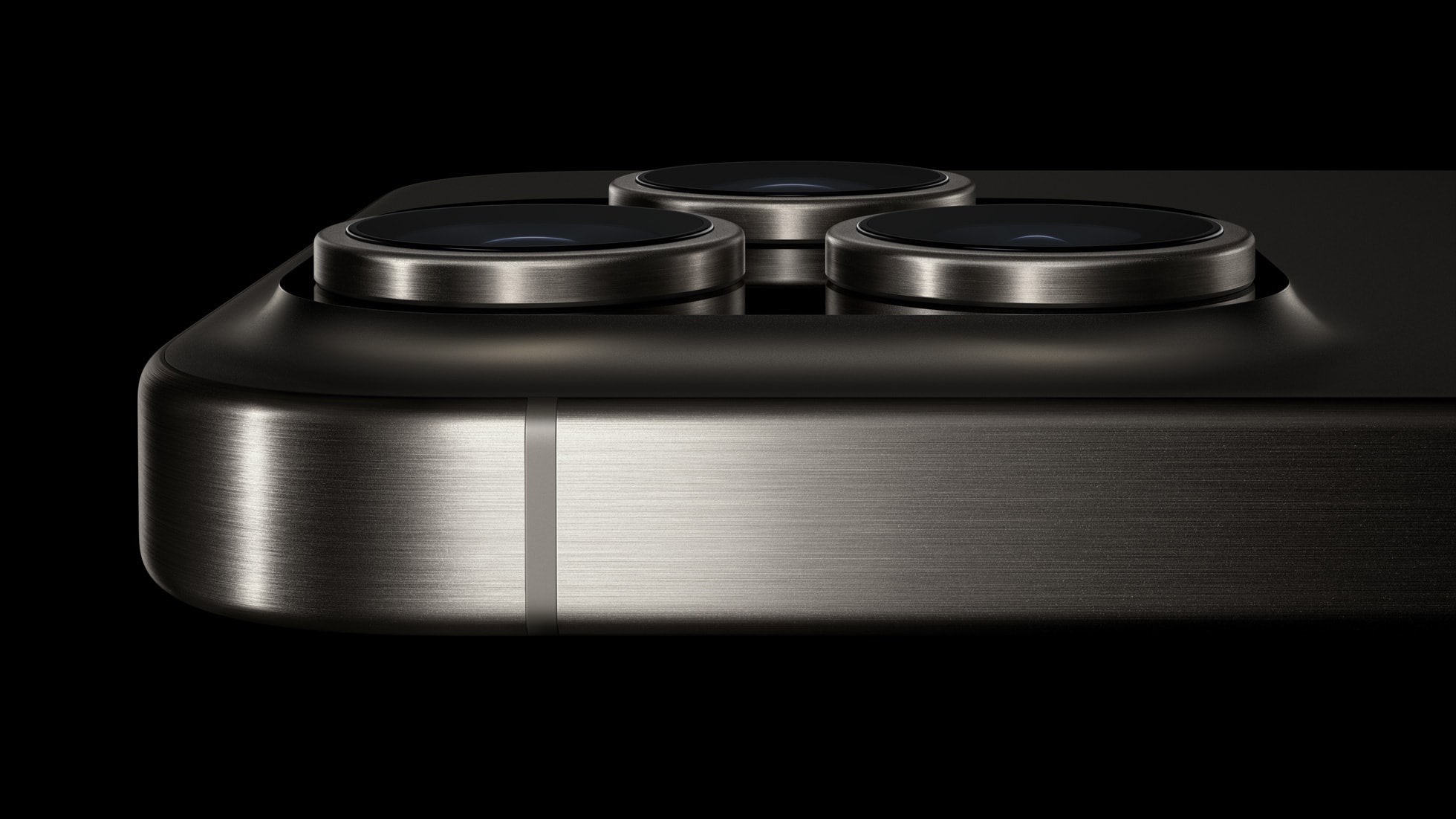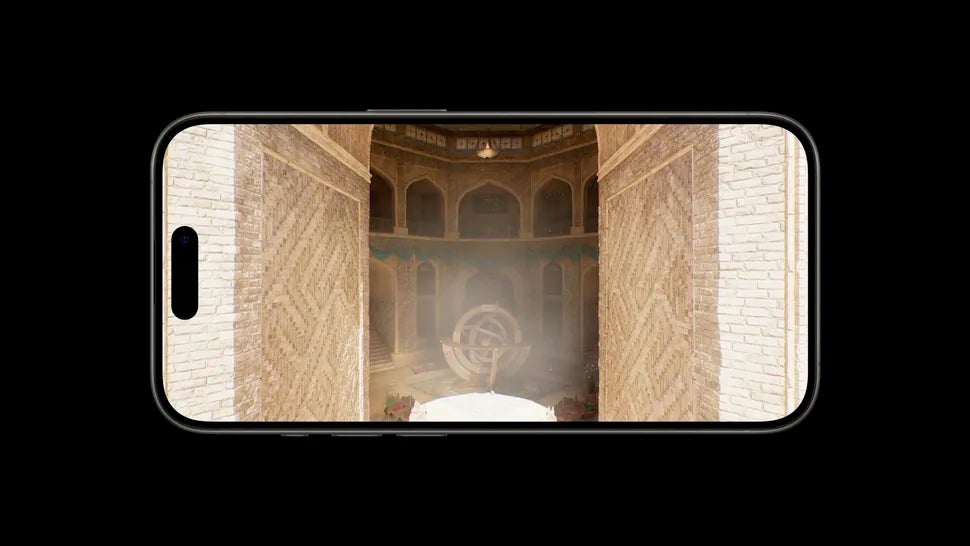Products come and products go, and with the introduction of iPhone 15, Apple has discontinued the iPhone 13 Mini, MagSafe Duo, Lightning AirPods Pro, and MagSafe Battery Pack.
Every year, Apple launches new stuff, but Apple also routinely discontinues older products or ones that aren’t selling well. After the iPhone 15 event this year, Apple has unceremoniously killed off four different products, and below you can find out everything you need to know about what’s gone and why.
iPhone 13 Mini
The iPhone 13 Mini was Apple’s take on a smaller, cheaper version of the iPhone 13 era of hardware. Like its predecessor, the iPhone 12 Mini, the 13 Mini didn’t see too much success in the market. Around a year after its introduction, it’s gone, leaving the iPhone SE as Apple’s only small, cheap iPhone.
MagSafe Duo
Unsurprisingly, the MagSafe Duo charger with its Lightning port was discontinued amidst Apple’s move to USB-C. An iPhone charger with a Lightning port, quite suddenly, just doesn’t make sense for Apple anymore.
Lightning AirPods Pro
Just like the MagSafe Duo, the AirPods Pro were originally Lightning-based in terms of their charging case. Now that Apple is moving away from the Lightning standard, AirPods with a Lightning connector don’t make sense.
MagSafe Battery Pack
Like its brother, the MagSafe Duo charger, the MagSafe Battery Pack was another Lightning-based Apple product, and with the move over to USB-C, well, it’s another thing that just doesn’t make a lot of sense for Apple.
As you can see, a lot of the changes to Apple’s lineup come down to USB-C. For a relatively innocuous change in how iPhone is charged, it has a surprising number of downstream effects on other products. Going forward, you can expect to see Apple products where you would once have Lightning to have USB-C now that iPhone is finally a USB-C device.






